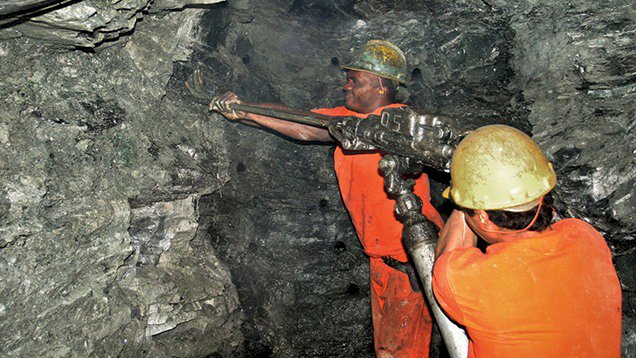Emeralds in Brazil
The production of emeralds in Brazil.

Since the 1970s, Brazil has been a consistent source of emerald. This is especially true today, with constant production of the Itabira / Nova Era belt, in the state of Minas Gerais.
Along with the successes, there were challenges for the Brazilian emerald industry. Increasingly stringent environmental regulations and higher labor costs have made production more expensive. Mining companies disagreed with landowners and there were legal problems with independent miners known as gold miners.
Although Brazilian emeralds are not traditionally known for their quality, this perception is changing. Stones from the Itabira / Nova Era belt are reportedly sold for up to $ 30,000 per carat. The New Age tends to produce clean faceted stones, very popular with jewelry manufacturers. The fine color of the emeralds and the good transparency make this material very popular in the market.
Emeralds were discovered in the Nova Era area in Capoeirana in 1988. Here the extraction is done mainly by independent miners and smaller scale operations. Emeralds can be of very good color and quality, surpassing those previously produced in Santa Terezinha de Goiás.
The state of Bahia produces approximately 500 to 1,000 kg of emerald each month, but the quality is generally lower than that of Itabira / Nova Era. Although there are stones of excellent quality in Bahia, the vast majority have many inclusions. Most of the mining is done by garimpeiros, in the areas of Carnaíba and Socotó.
Santa Terezinha, in the state of Goiás, was an important emerald producing area between the 1970s and 1990s, but the last decade has had little production. One of the advantages of this area is that emeralds were found by mining the deposit in a straight line. As emeralds were distributed quite evenly, production was consistent and predictable. This is completely different from emerald mining in Itabira / Nova Era, where the gems are locally concentrated and production is more sporadic.
In Santa Terezinha, emeralds were found in the talcocarbonate shale as opposed to the harder New Age mica shale. This facilitated the extraction of emerald crystals.
The production of emeralds in Brazil is aimed at domestic cutters and foreign buyers, who return to cutting centers in their own countries. Companies in Jaipur, India, can purchase entire mine productions, because their cutting facilities can handle all sizes and qualities of emerald, and have a market for the entire range of products. This gives them a considerable advantage, allowing them to offer a good price for all production.
Brazilian cutters have higher labor costs, so they must focus their operations on the product they can sell at a price that absorbs those costs. Instead of buying all of the mine's production, they must buy a selection of the mine's production - and pay a higher price for it. They have become adept at paying just enough to make it attractive for miners to sell them the best quality and sizes, while remaining competitive in the global market.
Brazilian cutters have found a niche in high-quality calibrated products, attractive to manufacturers around the world. This allows them to achieve a profitable price and can also cut larger, good quality emeralds.
Source: GIA.edu 2012


